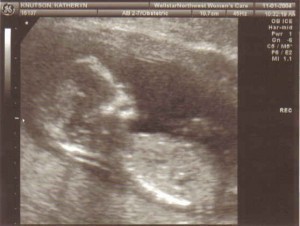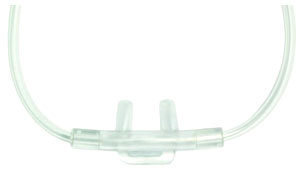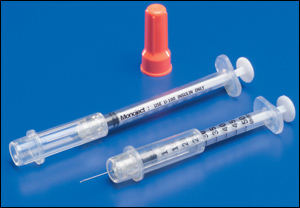Baby Size on Ultrasound
Being pregnant is an exciting time for couples, especially for first-time parents-to-be. The beginning of pregnancy is often marked by a missed period.
When a woman is aware of her menstrual cycle, she will most likely be able to tell if she is pregnant as she can pretty much tell when she is supposed to have her period.
However, not all women have regular menstrual cycles. This is where the dilemma starts. Being a few weeks late for a woman with an irregular monthly period may not necessarily mean that she is pregnant.
Pregnancy Tests
Over-the-counter pregnancy tests are not always accurate. There is a slim chance that a negative result does not essentially mean that a woman is not pregnant – especially if she missed her period the previous month.
This is why women who suspect they might be pregnant should go to their OB-GYNE instead to make sure if they truly are pregnant or not. With a home pregnancy test, a urine sample is used to determine if a woman is pregnant.
At a doctor’s clinic or hospital, blood sample is often used and the results here are more accurate than those that you get from a home pregnancy test kit.
Baby Size on Ultrasound
Once it has been confirmed that a woman is pregnant, she may need to undergo a pre-natal ultrasound just as a precautionary measure to ensure that the fetus is in its right place and not ectopic.
The doctor can also determine the size of the baby. Baby size on ultrasound is usually determined by measuring the head, thigh and abdomen of the baby. The size will give the doctor an idea if the fetus is developing at the appropriate rate.
Further, the size can also give the doctor a clue as to the date that the baby is expected to come out.
A routine ultrasound may be performed anywhere between the sixteenth and twentieth week of pregnancy. By this time, it will be easier to measure the size of the fetus.
The diameter between both sides of the head at thirteen weeks should be about 2.4 centimeters and by full term, it should roughly be about 9.5 centimeters.
Apart from the size of the baby, a pre-natal ultrasound can also give the doctor an idea if the fetus is healthy or if abnormalities are present including physical deformities.
Lastly, an ultrasound can help both doctor and parents determine if the mother-to-be is having twins or in some cases, more than two babies at a time.





